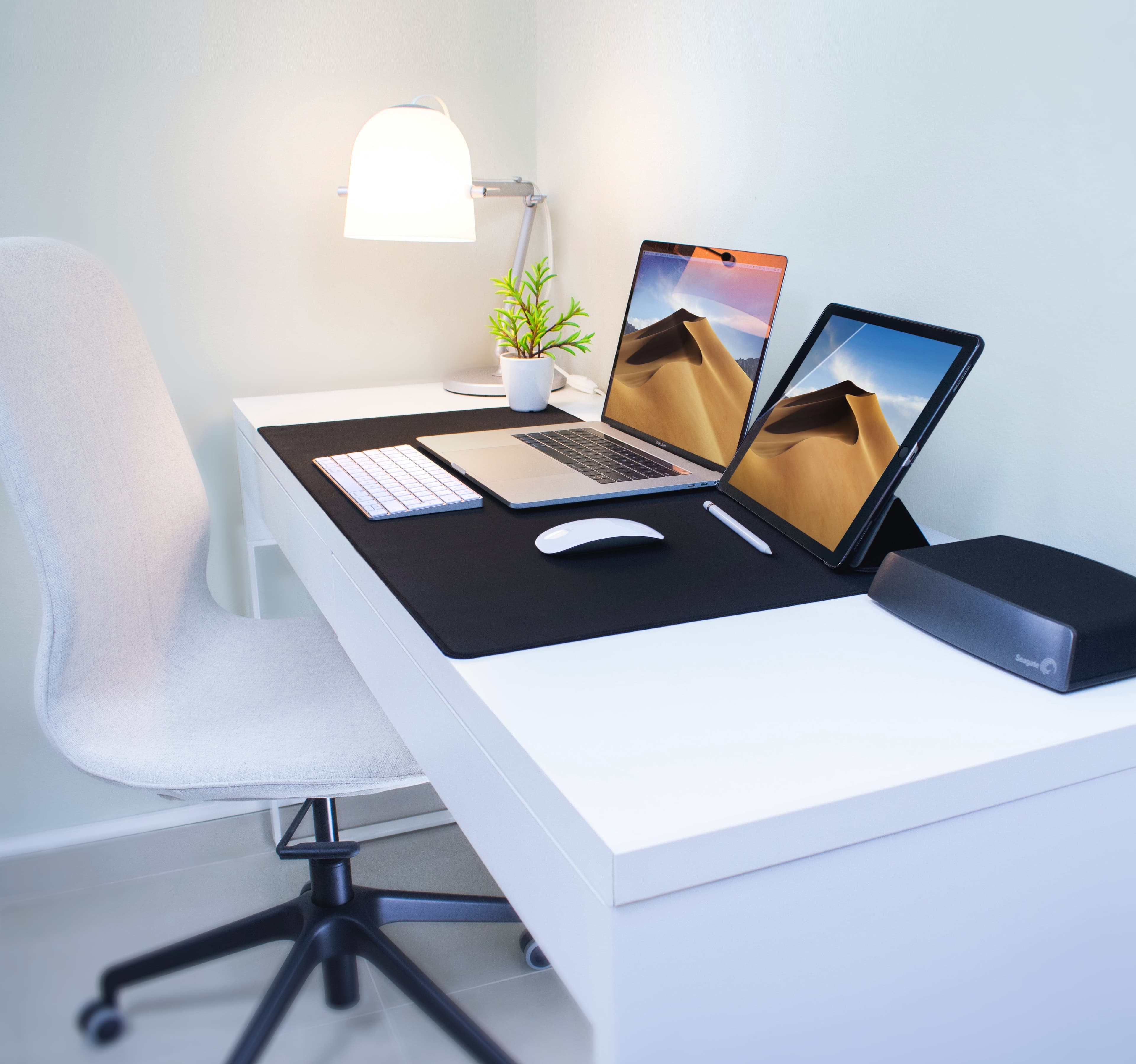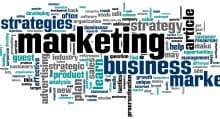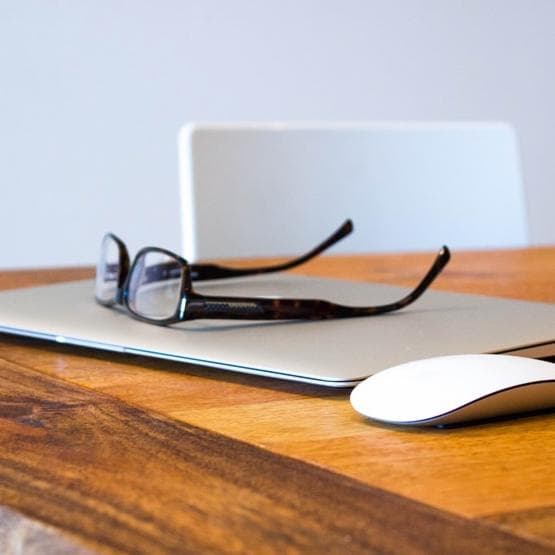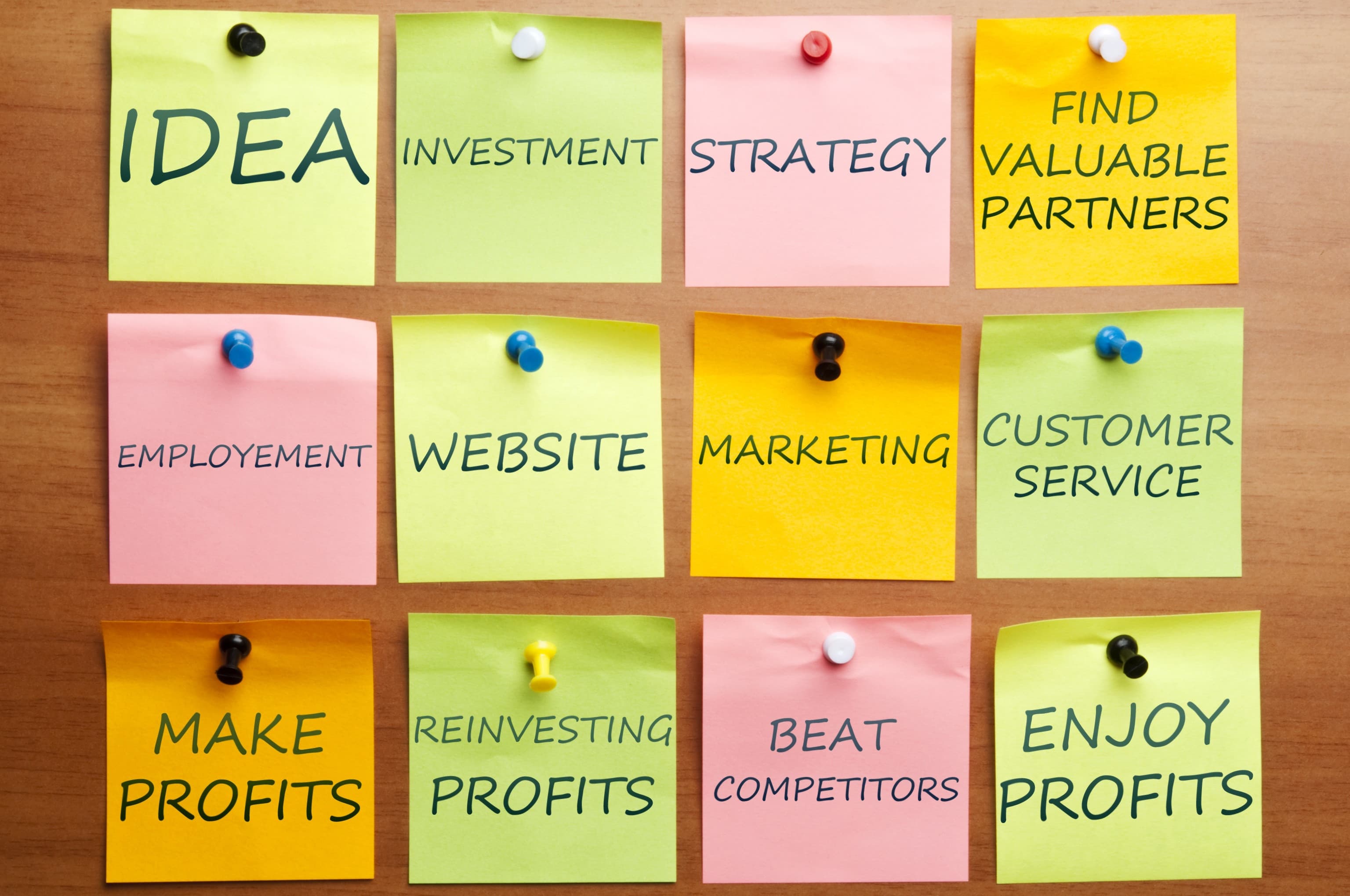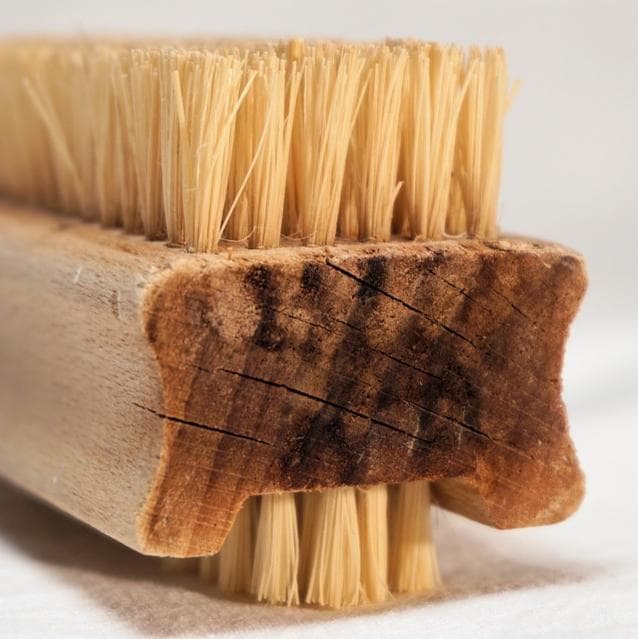Office Equipment Checklist
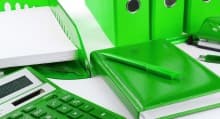
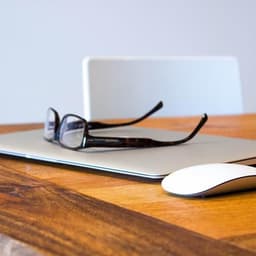
Views
2,529
Views: 2,529
Uses
107
Uses: 107
Tasks
39
Tasks: 39
Introduction
Suggest Improvements
Office Equipment Checklist Frequently Asked Questions
What equipment should an office have?
An office should be equipped with essential tools that facilitate productivity and efficiency. Here’s a list of must-have office equipment:
- Computers: Desktop or laptop computers for daily tasks.
- Printers and Scanners: For printing documents and scanning important files.
- Telephones: Landlines or VoIP systems for communication.
- Furniture: Ergonomic chairs, desks, and filing cabinets.
- Office Supplies: Pens, paper, staplers, and binders.
- Networking Equipment: Routers and switches for internet connectivity.
Having these items ensures that your office operates smoothly and meets the needs of your team.
What supplies do you need to start an office?
Starting an office requires a variety of supplies to create a functional workspace. Here’s a checklist of essential supplies:
- Stationery: Pens, pencils, notebooks, sticky notes, and highlighters.
- Paper Products: Printer paper, envelopes, and notepads.
- Technology: Computers, printers, and phones.
- Furniture: Desks, chairs, and filing cabinets.
- Organizational Tools: Binders, folders, and desk organizers.
- Basic Office Equipment: Scissors, tape dispensers, and staplers.
By ensuring you have these supplies ready from the start, you can create an efficient work environment.
What are the essential things to keep in office?
To maintain a productive workplace, it’s important to have essential items readily available in your office. Consider keeping the following:
- Basic Office Supplies: Pens, papers, sticky notes, and highlighters.
- Technology Tools: Computers, printers, and charging cables.
- Furniture Essentials: Comfortable chairs and desks that promote good posture.
- Organizational Aids: File cabinets and storage boxes for paperwork.
- Health Items: Hand sanitizers and first-aid kits to ensure employee well-being.
Having these essentials on hand can significantly enhance workflow and employee satisfaction.
What is the most important piece of office equipment?
The most important piece of office equipment varies by business needs; however, many consider the computer to be the backbone of modern offices. A computer enables:
- Communication: Emailing clients or colleagues efficiently.
- Task Management: Using software for project management and scheduling.
- Document Creation: Writing reports or creating presentations with ease.
Additionally, depending on your specific tasks, other critical equipment may include printers for hard copies or telephones for communication. Prioritizing this equipment ensures seamless operations in any workspace.
What equipment is needed for a small office?
A small office requires specific equipment that maximizes space while ensuring functionality. Essential equipment includes:
- Computers or Laptops: Essential for daily tasks and communication.
- Compact Printers/Scanners: Multi-functional devices save space while providing necessary services.
- Desks and Chairs: Ergonomic furniture that fits comfortably in small areas.
- Storage Solutions: Shelves or cabinets to keep documents organized without cluttering space.
- Networking Gear: A reliable router for internet connectivity is vital for productivity.
By focusing on these essentials, you can create an efficient workspace even in limited areas.
What are the main types of office equipment?
Understanding the main types of office equipment is crucial for setting up an effective workspace. Here are the primary categories:
- Computers & Accessories: Desktops, laptops, monitors, keyboards, and mice.
- Printers & Scanners: Essential for producing hard copies and digitizing documents.
- Telecommunication Devices: Telephones (landline or mobile) and conference call systems.
- Office Furniture: Desks, chairs, filing cabinets, and meeting tables.
- Networking Equipment: Routers and modems to ensure internet access.
- Stationery Supplies: Paper products, writing tools, and organizational materials.
These categories encompass everything needed to support day-to-day operations in any office environment.
How to organize office supplies?
Organizing office supplies effectively enhances productivity by reducing clutter. Follow these steps to streamline your workspace:
- Sort Supplies by Category: Group items such as writing tools, paper products, and organizational materials together.
- Use Storage Solutions: Utilize drawers, bins, or shelves to store supplies neatly out of sight but easily accessible.
- Label Everything: Clearly label bins or folders to quickly find items when needed.
- Maintain a Clean Workspace: Regularly declutter your desk by removing unnecessary items weekly or monthly.
- Create a Supply Inventory: Keep track of what you have on hand to avoid over-purchasing while ensuring essentials are always available.
Implementing these strategies will lead to a more organized and efficient office environment.


